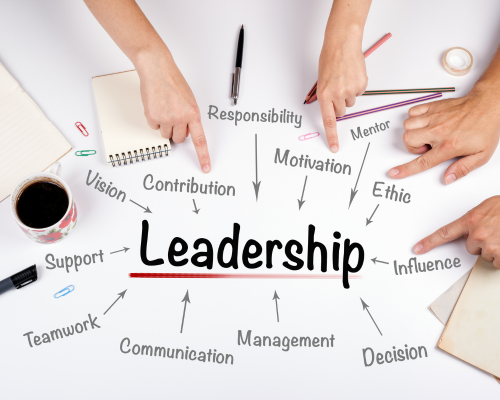Effective leadership communication is the cornerstone of a thriving organizational culture, fostering collaboration, alignment, and inspiration. In this article, we will explore the key elements of leadership communication and its profound impact on organizational dynamics.
Setting the Stage: The Crucial Role of Leadership Communication
In the complex and interconnected world of modern business, leadership communication is far more than a managerial duty—it is a strategic asset that shapes organizational identity and influences employee engagement. Exceptional leaders understand that effective communication is a dynamic process that goes beyond conveying information; it involves building relationships, creating a shared vision, and inspiring a sense of purpose among team members.
Authenticity as a Foundation
Authenticity is the bedrock of impactful leadership communication. Authentic leaders communicate openly and transparently, sharing not only successes but also challenges. Authenticity fosters trust, as team members appreciate leaders who are genuine, honest, and true to their values. By being authentic, leaders create a foundation for meaningful connections and open lines of communication.
Understanding and Adapting to Different Communication Styles
Successful leaders recognize that effective communication requires an understanding of diverse communication styles. People have unique preferences for receiving and conveying information. Leadership communication involves adapting one’s style to resonate with the diverse personalities within the team. Whether through direct, assertive communication or a more collaborative and inclusive approach, tailoring communication styles enhances understanding and engagement.
Clarity and Conciseness in Messaging
In the fast-paced business environment, clear and concise messaging is essential. Leaders must convey their thoughts and directives in a manner that is easily understood by team members. By distilling complex ideas into straightforward messages, leaders ensure that their vision is communicated with clarity, reducing the risk of misunderstandings and fostering a shared understanding of organizational goals.
Active Listening as a Two-Way Street
While leaders are often the primary communicators, true leadership communication is a two-way street that involves active listening. Leaders who actively listen demonstrate empathy and respect for their team members’ perspectives. This fosters an inclusive environment where all voices are heard, leading to better decision-making and a more collaborative work culture.
Inspirational Communication: Fostering a Shared Vision
Inspiration is a powerful catalyst for organizational success, and leaders play a pivotal role in inspiring their teams. Leadership communication should go beyond task-oriented messages; it should articulate a compelling vision that resonates with team members’ values and aspirations. By weaving stories, metaphors, and a sense of purpose into their communication, leaders inspire commitment and dedication from their teams.
Navigating Challenging Conversations with Emotional Intelligence
Leadership communication often involves navigating challenging conversations, whether addressing conflicts, giving constructive feedback, or managing crises. Emotional intelligence is crucial in these situations. Leaders with high emotional intelligence can manage their own emotions, understand others’ perspectives, and navigate difficult conversations with empathy and tact.
Leveraging Personalysis for Effective Leadership Communication
Personalysis offers a unique and powerful approach to enhancing leadership communication. By leveraging personality assessments and in-depth analysis, leaders can gain profound insights into their natural communication styles and preferences. Personalysis equips leaders with the knowledge to adapt their communication approaches, creating a more cohesive and communicative organizational culture.
Conclusion: Elevating Organizational Dynamics Through Effective Leadership Communication
In conclusion, leadership communication is not just a skill; it’s a strategic imperative that shapes organizational culture and influences the trajectory of success. By embracing authenticity, adapting to diverse communication styles, prioritizing clarity and conciseness, practicing active listening, inspiring with a shared vision, navigating challenges with emotional intelligence, and leveraging tools like Personalysis, leaders can build bridges that foster a culture of collaboration, innovation, and achievement.
Explore the transformative potential of leadership communication with Personalysis and embark on a journey to elevate your leadership communication skills for organizational success.













































